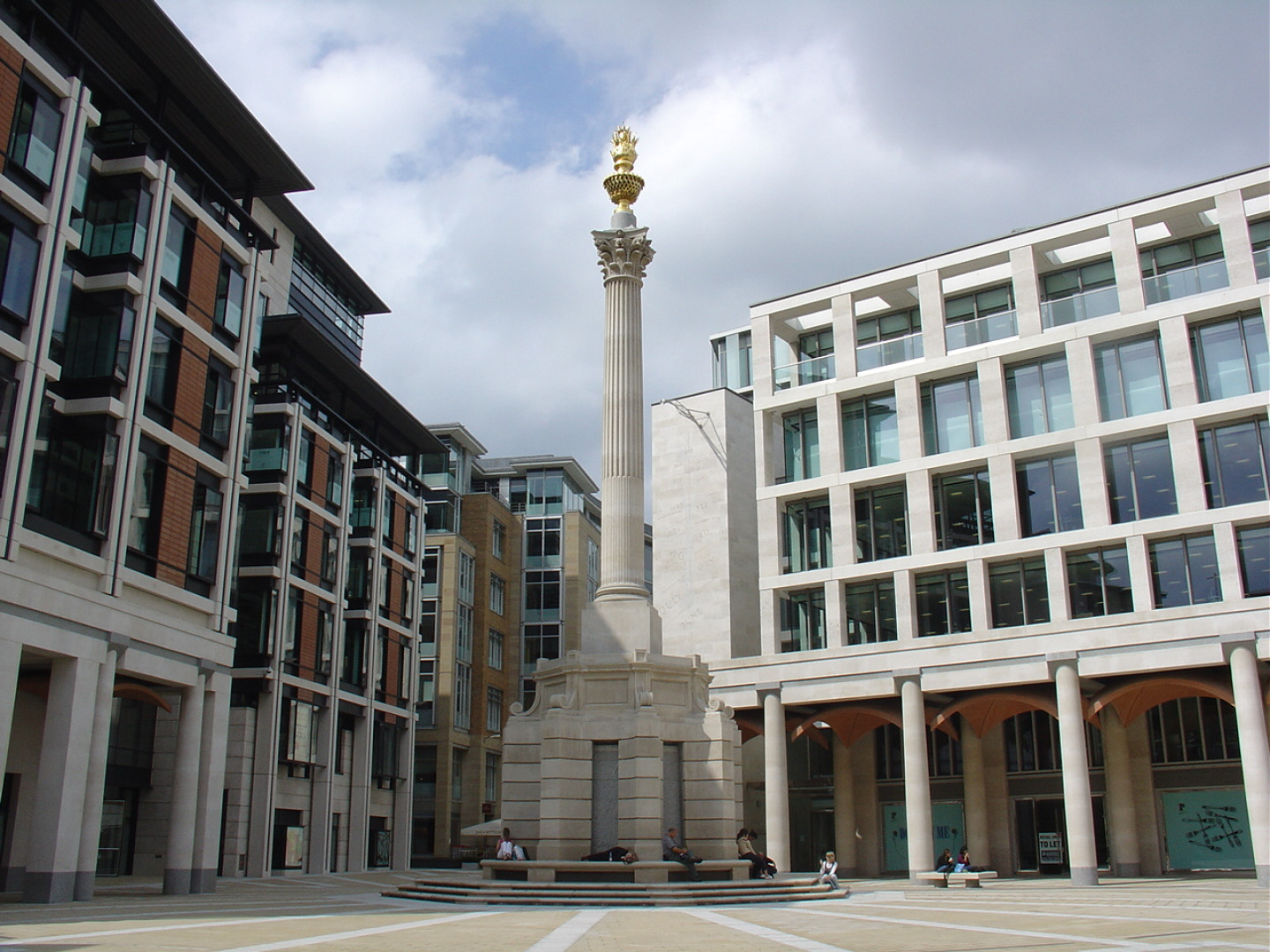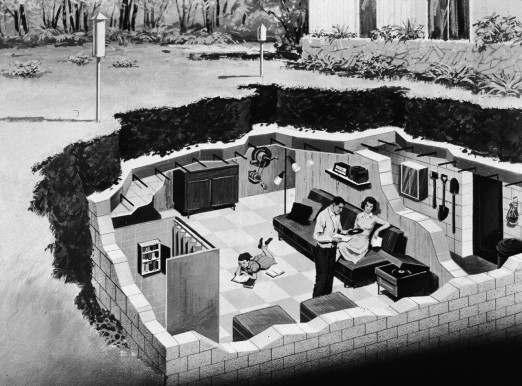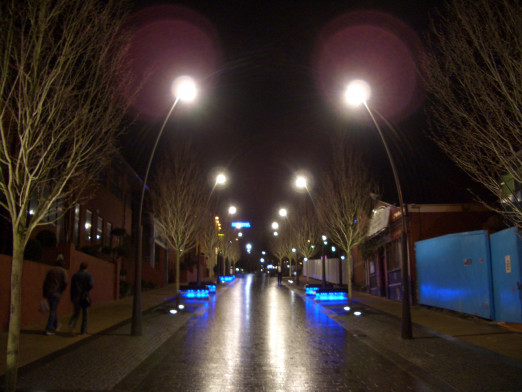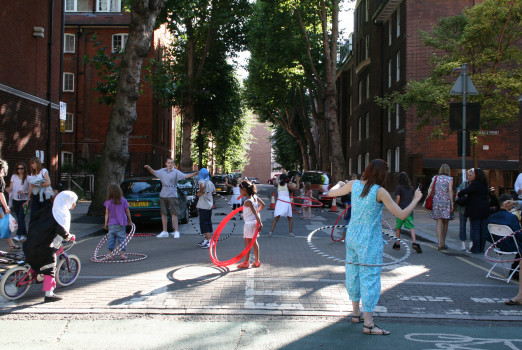On 3 March 2015, Future Cities project launched the Future Cities Salon with a series of debates examining the future of public space.
Early 20th century Modernism sought to provide public open space within cities as a release from the confines of overcrowded, unsanitary slums. Nowadays, public space is everywhere but there is less recognition and more proscription about what and who it is for. Cardiff’s Central Square, for example, simply proposes to “give a positive impression to people visiting the capital”. Back in 2003, The Urban Task Force argued that “some urban areas have too much public space, much of which is poorly designed, managed and maintained. Many 20th-century residential developments have a public realm which is simply ‘SLOAP’ (Space left over after planning).”
This debate seeks to find out what is the high ambition for public space provision today. And who comprises “the public” that designers and politicians constantly invoke?
Even if we don’t know who it is for, or what it is, “public space” is often seen as an unqualified “good” – as a designated Big Society space where people can come together as a public. Many see public space as a way to influence social behaviour: to make a city more secure or to build community engagement? Often these places are seen as “catalysts” for something unspecified. A recent Joseph Rowntree report states that it is somewhere “to allow people to ‘do nothing’”, while others see public space as a technical exercise to provide some kind of open space that will help to gain planning permission.
While Granary Square in Kings Cross has generated some liveliness around its restaurants and water-features, there are many more designated public areas – designed specifically with the desire to encourage public engagement – in which the public are noticeably absent. Trafalgar Square is a tourist trap rather than a public square, Heatherwick’s Blue Carpet in Newcastle remains empty and grim; and the Project for Public Places notes that Tate Modern’s plaza “is a study in aggravating design”. Lots of so-called public space lie barren and unloved. Other public squares are only lively because orchestrated events artificially make sure that they are. Birmingham City Library’s public square is being “revamped” to provide space for “events and happenings on the square”. But for whom? Why?
Hannah Arendt says the public space is where people act rather than work, “it is a space where political action takes place urged by freedom and the need for self-realization of the individual”. But if public space is what we make it, then do we need to consciously provide so much of it?
Speakers:
Finn Williams, founder, Common Office; GLA Regeneration Area Manager, North-West & Central London
Dolan Cummings, co-founder Manifesto Club; editor, “Debating Humanism”
Kathryn Firth, Chief of Design, London Legacy Development Corporation
Phineas Harper, deputy director, Architecture Foundation; former deputy editor, The Architectural Review
Chair: Alastair Donald, convenor, Future Cities Salon
Tickets: £5 / £3 (students/concession)
Useful Readings:
Greg Scruggs, “How Much Public Space Does a City Need?“, Next City, 7 January 2015
Josie Appleton, “The end of public space: one law to ban them all“, 20 January 2014, Our Kingdom
Ken Worpole, Katharine Knox, ”The Social Value of Public Space“, Joseph Rowntree Foundation, 2007
China Commentary, “The Social Life of Chinese Small Urban Spaces“, 2014
Herbert Muschamp, “Public Space or Private, a Compulsion to Fill It“, New York Times, 27 August 2000
.jpg?1424712456)




